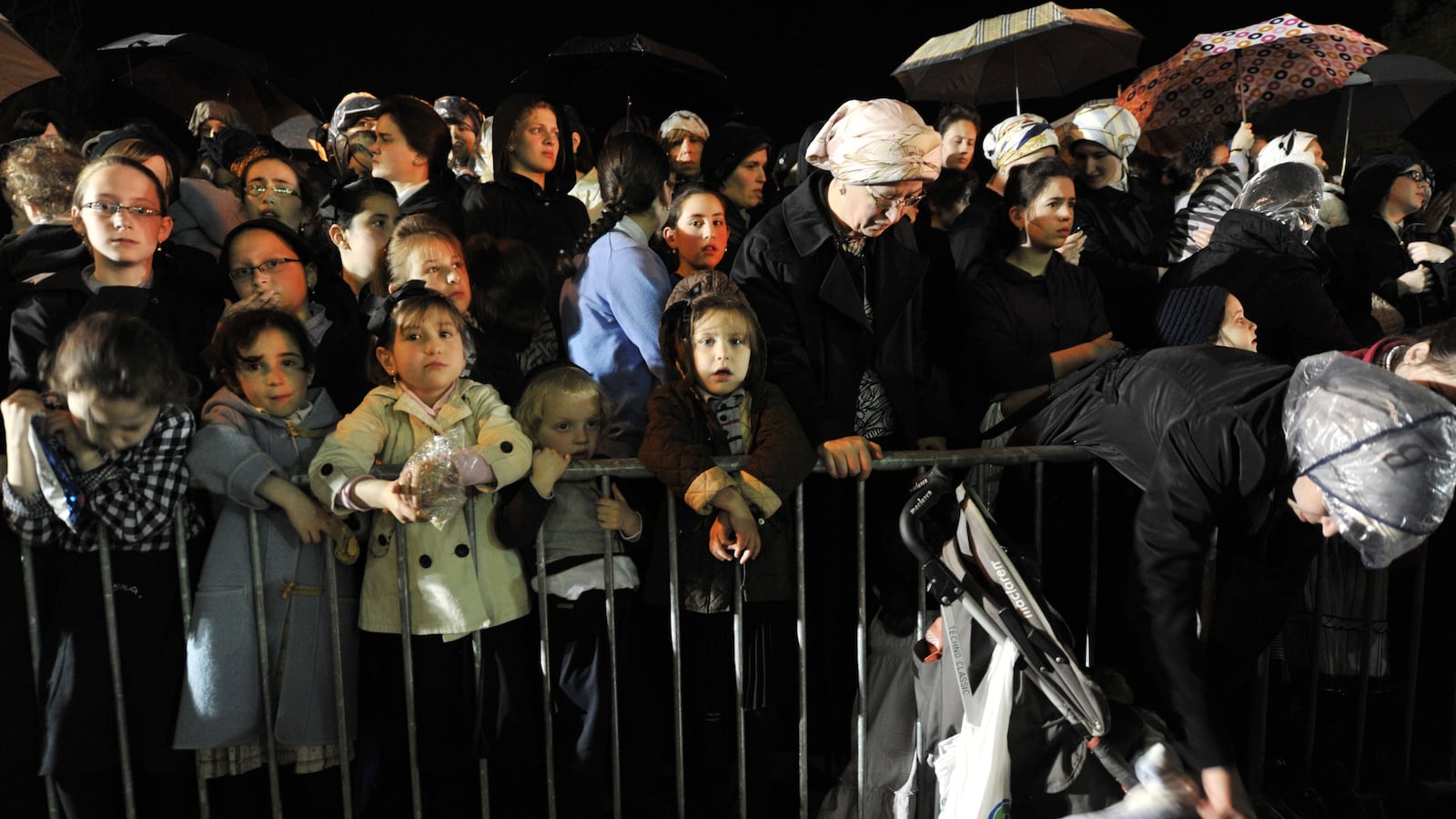I have good news: Commentary now loves poor people’s babies.
This may come as something of a surprise. For decades, the magazine has frightened its conservative readers with Malthusian horrors: “young, often teenaged, unmarried mothers” incentivized by welfare to breed a “permanent underclass.” Welfare, Commentary consistently argues, creates a parallel society, with values so different that “in many welfare families, no one has ever held a regular job,” and children are not “socialized to the world of work.” Hordes of the just-hatched bastards (in the technical sense) rove the streets, preying on vulnerable young Hudson Institute staffers. Not exactly compassionate conservatism.

So what explains the magazine’s Scrooge-like conversion? Well, I left out a word. Actually, Commentary loves poor Orthodox people’s babies.
Yesterday morning, Jonathan Tobin reveled in the results of a new survey of New York’s Jewish population which found that while most of New York Jewry continues to shrink, the population of Hasidim and other Orthodox Jews is booming. Tobin crowed that because Orthodox Jews tend to be politically conservative, the surge of right-wing yeshiva bochers spells the end of American Jewish liberalism. (The level-headed Michael Kopolow explains why this is probably not true.)
That afternoon, Seth Mandel chimed in to praise the Orthodox world capable of such fecundity. While liberals give to universalist causes, the Orthodox yeshiva world boasts “a significant communal support network, in addition to classic charitable giving.” Orthodox Jews “possess an admirable and energetic sense of duty to one another,” which may be the reason they are “the source of the positive trends in the study.”
You know what else they possess? Staggering quantities of public assistance. Take the overwhelmingly Hasidic Kiryas Joel, the poorest place in America. As the Times reported last year, “half of [its] residents receive food stamps, and one third receive Medicaid benefits and rely on federal vouchers to help pay their housing costs.” And boy, do they have children: The median household in Kiryas Joel has six people, and the median age is twelve. Many of its men learn Torah full-time instead of working, and the community’s low high-school graduation rate would be even lower if its religious schools had real academic standards. These kids are hardly being “socialized to the world of work.” And it’s not just Kiryas Joel: back in 1996, at the heart of “welfare reform,” a full third of Williamsburg’s Hasidim received public assistance.
Welfare is, and has been for some time, a crucial ingredient in these communities. While Hasidim take care of their own, they also get taxpayers to take care of them. Like Israeli Haredim, Kiryas Joel’s Hasidim vote together to secure, for instance, a “luxurious 60-bed postnatal maternal care center… built with $10 million in state and federal grants.” Off the record, New York City officials admit that Williamsburg’s Hasidim “work the system,” and experts who don’t have to be reelected come out and just admit there’s widespread fraud. As Shmarya Rosenberg has argued, the Haredi birthrate, to be sustainable, requires large and consistent infusions of cash from outside. In Williamsburg, welfare really is a lifestyle.
What’s amazing is that these are, detail for detail, the exact welfare ghosts of Commentary’s past. Public subsidies incentivize industrial birthing. Welfare discourages remunerative work. A parallel, insular society evolves, dependent on the outside world and contemptuous of its values. It’s wrong for Commentary to valorize an Orthodox demographic boom that depends heavily on the welfare state, given that for decades they have attacked those very institutions for promoting those very trends among the poor. But then again, Haredi children are the key to “Jewish continuity”… so yea, Commentary will be coming to the bris.






